'Lee & Elaine' by Ann Rower
'By writing about heterosexual dead women who came back to life as lesbians, was I writing about me?'—Review #201

Donna and I are planning a trip to a graveyard. We’re going to rent a car, probably in April, and drive out to Montauk, one of our favorite places to spend a weekend. Along the way, we’ll stop in East Hampton to visit Green River Cemetery, the final resting place for several abstract expressionists, and other artists and writers. We’ll look for the big boulder that’s Jackson Pollock’s headstone, of course, but also those of Lee Krasner and Elaine de Kooning, artists who were overshadowed by their more famous husbands (Lee was married to Pollock and Elaine to Willem de Kooning). Their graves and their spectral presences haunt and inspire the protagonist of Ann Rower’s novel ‘Lee & Elaine,’ an obscure gem so magnificent, insightful and funny that I bought it twice.
Here’s the cover:
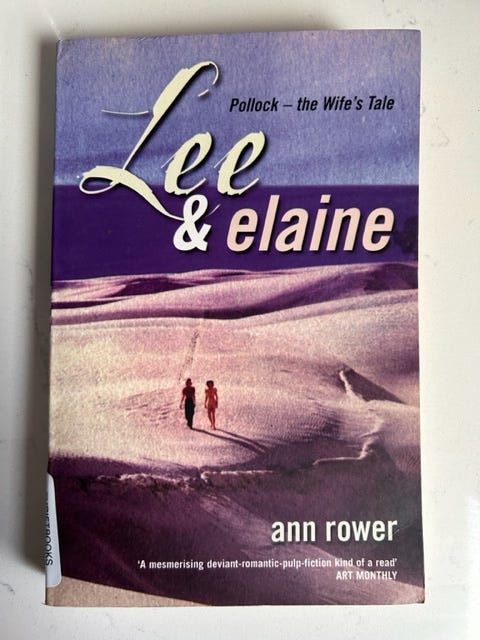
It’s the early 1990s, and a woman rents a house in the Hamptons while on winter break from the New York City college where she teaches. She’s looking forward to some time away to write a book and to have an affair with one of her students. The woman, who narrates, has been in a decades-long relationship with a man, Jack, but a long-suppressed desire to be with women has recently resurfaced. The vibes felt right with Iris, the student, who, being in her thirties, is closer to the woman’s forty-something age, and therefore, in her mind, is less problematic to date on the sly. Iris does photography, so they visit some spots to take pictures, like the beach and the Green River Cemetery. In the latter, they find Krasner’s and Elaine de Kooning’s graves, and the woman conceives a new project: a novel about Lee and Elaine coming back from the dead as lesbian besties (in real life, apparently, they were neither). I need a GIF here, and while I’m not sure what the woman in this one is doing, she’s doing it in front of what looks like one of Lee Krasner’s paintings1:
The woman researches her novel by seeking out the surviving members of New York’s abstract expressionist world for interviews. As the project progresses, she becomes increasingly obsessed with Lee and Elaine, and the rest of her life gets messy. Her affair goes south. Life at home with Jack is in crisis. She continues to lie, sneak around and spiral. Why? Is it a midlife crisis? Is it her uncertainty about her sexual identity? She’s like:
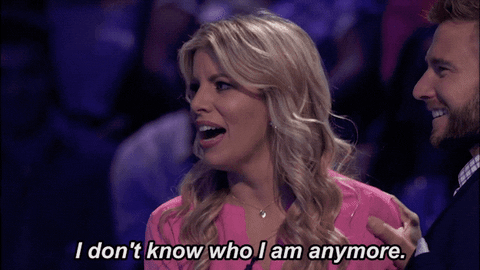
Following her journey was at times frustrating—she’s manipulative and self-obsessed, and also says wild things like expressing surprise that people speak English in Brooklyn. But there also were moments that were downright funny. In one scene, Iris has tied the woman to a four-poster bed with scarves in their Hamptons love nest, but the steamy moment is interrupted by a realtor trying to show the property to another couple. How they try to get the people out of the house without their escapade being discovered is as tense as it is funny. I was like:
I also loved the moment when a couple breaks up and their friends worry more about what’s going to happen to their SoHo loft than to them. (This may be the truest New York thing I’ve ever read in fiction.) And I loved the cameos by so many of my favorite New York haunts that have since closed, like Lucky Strike, Florent and Cedar Tavern. It was good to see them again, as though they were still open, still the places where people had wild nights and clandestine rendezvous. I was like:
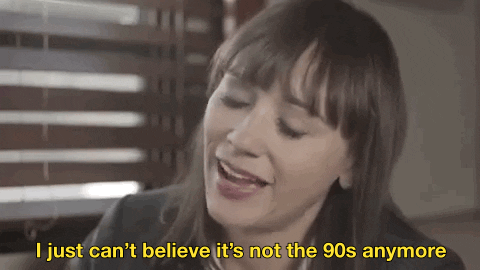
I have no idea how I first learned about ‘Lee & Elaine,’ but it was probably on Twitter years ago. I bought the e-book version based on this forgotten recommendation, and it languished in our mostly unused Kindle. Then, last month, as Donna and I were preparing for a vacation to Anguilla, I suddenly remembered it and figured I’d take the Kindle along. I was riveted to the story from the opening page and spent hours on the beach flying through it. Like ‘Madame Bovary,’ it appealed to my love of gossip (I couldn’t wait to see what trouble the woman would get her self into), and I loved how her journey sought to highlight often-overlooked female artists. I had to have a physical copy for our bookshelves, but I discovered it’s apparently out of print. I felt lucky to eventually find one. After this review publishes, I’m going to tweet at NYRB Classics and McNally Editions to encourage them to publish a new edition. I hope they’ll consider it. I loved this book, and I think many of you will, too. If you can find a copy, buy it and read it!
How it begins:
January 31, 1993. As soon as I got out here, I bought the East Hampton Star. I picked it up at the IGA along with some groceries, then popped into the liquor store for vodka. One last stop—the video store for a rental—before I finally made it to the house in Springs, also a rental.
I tossed my stuff inside the door, then bumped up the heat to eighty. It was winter. The house had that empty cold. As I waited for it to warm up, I opened the paper. I stood at the kitchen table, flipping the pages, not looking for anything specific, just to feel in place, in the place, and suddenly there, on page one of section two, the Arts, was Hannah Wilke’s obituary.
It was a shock. I never expected to see her so soon again. Not anywhere, but especially not here out on the end of Long Island, in East Hampton, in the East Hampton Star. I never associated Hannah with the Hamptons. I didn’t recall her talking about going out for the summer. When I saw her, mostly she talked about how unrecognized she was. The full page article made me feel she had been wrong, that she was more important in the art word than she knew. That made me sad but I’m glad there’s a picture. At the funeral yesterday, the coffin was closed. An obituary without a photo is like a closed coffin. Maybe this obit, and the one in the New York Times the day after she died a few days ago, were the beginnings of her finally getting her due. The Times even reproduced, on the opposite page, one of her drawings. I never saw them do that before.
Who they thanked:
In addition to thanking the publisher, cover designer, early readers of the manuscript and ‘the East Hampton crowd,’ Ann Rower also acknowledges ‘the friendly ghosts in Green River cemetery.’ Donna and I MUST get out to that graveyard and wander around.
My rating:

‘Lee & Elaine’ by Ann Rower was published by Serpent’s Tail in 2002 and as an e-book by Emily Books in 2013. 247 pages. Print editions apparently are not available at Bookshop.org, but the e-book can be purchased at Emily Books for $12.99.
What’s next:
Before you go:
ICYMI: Review #200
Read this: ‘“What’s up! I can’t read.” O.C. resident goes viral after schooling left him functionally illiterate’ by Sonja Sharp in the Los Angeles Times is a tremendous story about a unique BookTok star. You gotta read it!
Do this: Laura Sackton, who writes the terrific Books & Bakes newsletter, has launched a yearlong ‘Queer Your Year’ reading challenge. ‘The Queer Your Year Challenge is just that—an invitation to queer your reading, to dig deep into queer lit,’ she writes. ‘It’s for everyone—whether you’re queer or not’. The challenge includes 48 prompts and a downloadable game card. Click here for more info.
Watch this: This woman’s story is crazy:
Thanks for reading, and thanks especially to Donna for editing this newsletter!
Until next time,
MPV
Newsletters you ♥️ the most
According to the header image in this article in The Wall Street Journal, it appears to be Lee Krasner’s 'Stop and Go (formerly Yes and No).'





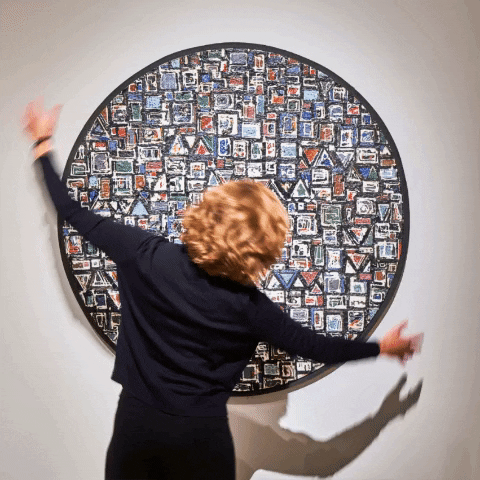
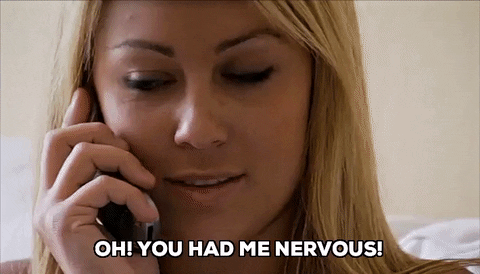
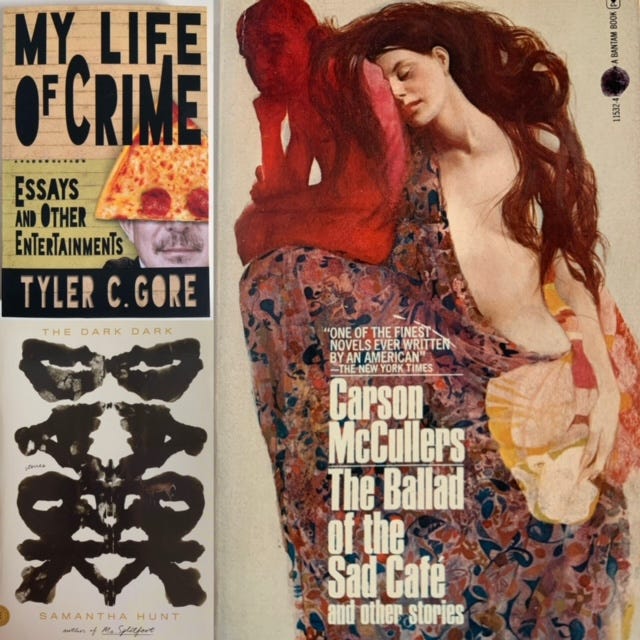



Thanks so much for the shoutout, and also, this book sounds amazing! Adding it to the list for sure.
I saw that TFiOS video on Twitter and absolutely did not see that twist coming. It was a wild video.
Also, loved this review! If and when I find a copy of this book, I think I might really like it too. Gossipy, drama-filled plots and chaotic characters like this are delightful reads.